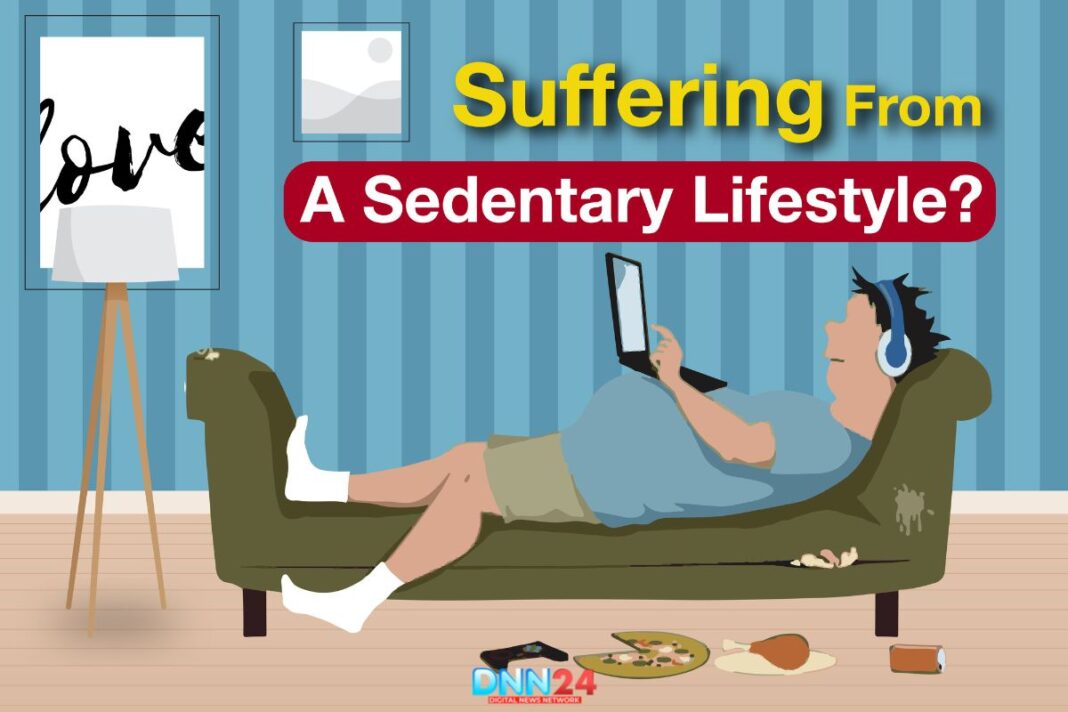Sedentary lifestyle, characterized by little or no physical activity: A sedentary lifestyle is one in which an individual engages in little or no physical activity. It can include spending long hours sitting or lying down, watching television, working on a computer, or even driving a car. Unfortunately, research has shown that a sedentary lifestyle can increase an individual’s risk of developing cardiovascular diseases.
Cardiovascular diseases (CVDs) are a group of disorders that affect the heart and blood vessels. These include coronary artery disease, heart failure, and stroke. CVDs are the leading cause of death worldwide, and the World Health Organization (WHO) estimates that 17.9 million people died from CVDs in 2016.
How a sedentary lifestyle increases the risk of CVDs
One of the main ways a sedentary lifestyle increases the risk of CVDs is by promoting weight gain and obesity. Sitting for long periods can decrease the energy an individual burns, leading to weight gain and an increased risk of obesity. Obesity, in turn, is a major risk factor for CVDs, as it increases the risk of high blood pressure, high cholesterol, and diabetes.
A sedentary lifestyle can also impact an individual’s cardiovascular health by altering their metabolism. When an individual sits for long periods, their body’s metabolism slows down, leading to a decrease in insulin sensitivity and an increase in inflammation. These changes can contribute to the development of CVDs.
Psychological effects of a sedentary lifestyle
In addition to the physiological effects of a sedentary lifestyle, psychological factors can contribute to the increased risk of CVDs. Sitting for long periods can lead to feelings of stress and anxiety, which can increase an individual’s risk of CVDs. Stress and anxiety can cause an increase in the levels of hormones such as adrenaline and cortisol, which can contribute to the development of CVDs.
It is important to be more physically active to decrease the risk of CVDs associated with a sedentary lifestyle. The WHO recommends that adults engage in at least 150 minutes of moderate-intensity aerobic physical activity or 75 minutes of vigorous-intensity aerobic physical activity per week. Adults should also engage in muscle-strengthening activities at least twice a week.
The importance of physical activity in reducing CVD risk
It is also important to break up long periods of sitting. For example, individuals can stand up and walk around for a few minutes every hour or even invest in a standing desk. Such activities can help to increase energy expenditure and improve cardiovascular health.
Additionally, individuals should make sure to eat a healthy diet low in saturated fats, cholesterol, and added sugars. It can help to decrease the risk of obesity and other risk factors for CVDs.
In conclusion, a sedentary lifestyle can increase an individual’s risk of developing cardiovascular diseases. Sitting for long periods can promote weight gain and obesity, alter metabolism, and increase feelings of stress and anxiety. To decrease the risk of CVDs, it is important to be more physically active, break up long periods of sitting and eat a healthy diet. By taking these steps, individuals can improve their cardiovascular health and decrease their risk of developing CVDs.
Also Read: Homemade Lip Masks to Soothe and Hydrate Dry Winter Lips
You can connect with DNN24 on Facebook, Instagram, Twitter, and subscribe to our YouTube channel.



